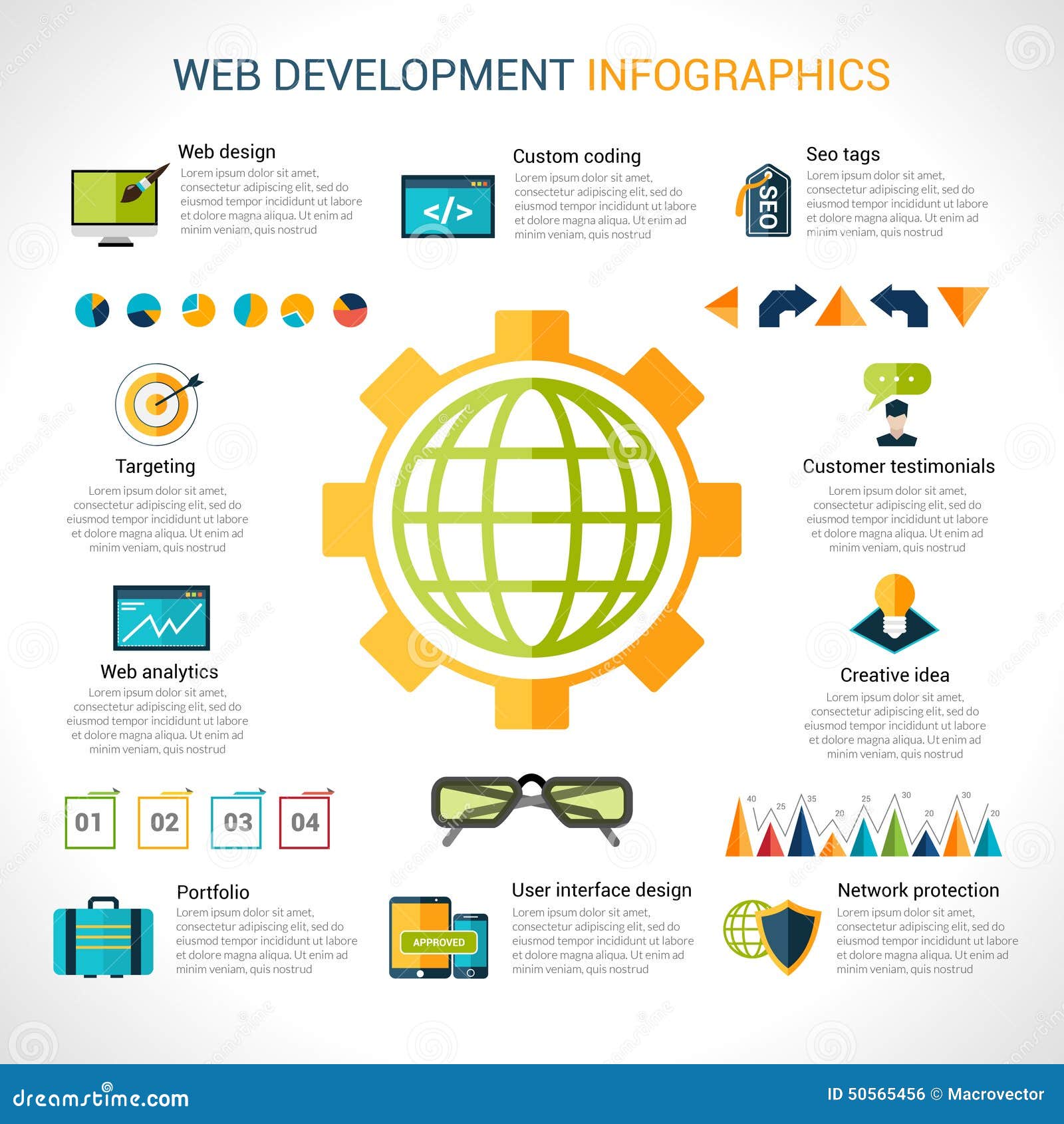Improve Your Web Site'S Customer Experience And Pursue Design Excellence With Our Instinctive And User-Friendly Pointers And Methods
Improve Your Web Site'S Customer Experience And Pursue Design Excellence With Our Instinctive And User-Friendly Pointers And Methods
Blog Article
Web Content Composed By-Dixon Holgersen
Master the art of website design by focusing on individual experience. Craft instinctive navigation and choose mobile optimization to improve the surfing experience. Ensure easy navigating with clear headings and appealing visuals. Focus on mobile responsiveness for a regular user experience. By incorporating these essential layout principles, you can produce an user-friendly web site that mesmerizes visitors.
Crucial Layout Principles
When designing an internet site, focus on individual experience most importantly else. Your primary objective must be to produce a smooth and pleasurable experience for your visitors. Start by making sure that your web site is easy to navigate. Usage clear headings, organized food selections, and user-friendly buttons to guide customers with your material effortlessly. Keep in mind, simpleness is key. Prevent cluttering your web pages with unnecessary components that can overwhelm or confuse your target market.
One more vital style principle is to make sure your internet site is visually attractive. Select a cohesive color pattern, high-quality photos, and readable font styles to enhance the total look of your site. Uniformity is important in developing a solid brand name identification and making your internet site more remarkable to users.
Additionally, prioritize mobile responsiveness. With even more individuals surfing the internet on their smartphones and tablets, it's important that your web site looks and works well on all gadgets. Check your website on different screen sizes to make sure a seamless experience for all individuals. By focusing on these essential style concepts, you can produce a straightforward website that maintains visitors returning for even more.
User-Focused Navigating
To improve user involvement and simplify their surfing experience, focus on producing user-friendly navigation pathways that lead site visitors perfectly through your website. Clear and efficient navigating is essential for aiding users find the details they require quickly and effectively. Beginning by maintaining your food selection structure straightforward and understandable. Usage detailed tags that clearly suggest what web content can be found under each menu option. Furthermore, consider implementing dropdown food selections for subcategories to stop overcrowding the main navigating bar.
An additional vital element of user-focused navigation is using breadcrumbs. Breadcrumbs are a second navigation aid that shows users their present area on the website and enables them to easily browse back to previous pages. ada aa compliance is particularly helpful for individuals that enter your website with a deep link or an online search engine result.
Furthermore, including search performance prominently on your web site can better enhance individual navigating. A search bar allows individuals to rapidly find certain web content without having to click via multiple web pages. Ensure that your search bar is easily noticeable and accessible on every web page of your site for maximum usability. By focusing on user-focused navigating methods, you can produce a more user-friendly and pleasurable searching experience for your visitors.
Mobile Optimization Techniques
Think about optimizing your website for mobile phones to make sure a smooth user experience throughout various display sizes. Mobile optimization is crucial in today's electronic landscape where a significant portion of web browsing happens on smart devices and tablet computers.
To enhance mobile usability, beginning by applying receptive design methods. This strategy permits your site to adapt to different screen dimensions, maintaining capability and appearances.
Concentrate on optimizing filling times for mobile customers. Slow-loading visit the following website can deter visitors and effect your online search engine positions. Compress pictures, decrease HTTP demands, and leverage browser caching to improve loading speed. Furthermore, focus on material power structure for mobile screens. Make sure that essential info is plainly displayed, and navigation is user-friendly, advertising simple accessibility to key sections.
Make use of touch-friendly elements such as larger buttons and streamlined kinds to promote interaction on mobile phones. Conduct complete testing throughout various mobile platforms to identify and correct any kind of functionality concerns.
Conclusion
Finally, understanding the art of web design is important for creating an easy to use site. By including crucial layout concepts, user-focused navigating, and mobile optimization techniques, you can guarantee a smooth and enjoyable experience for your visitors.
For example, a neighborhood bakeshop saw a 30% rise in online orders after revamping their website to be much more easy to use and mobile-responsive. Keep in mind, a properly designed website can make all the difference in bring in and keeping customers.
